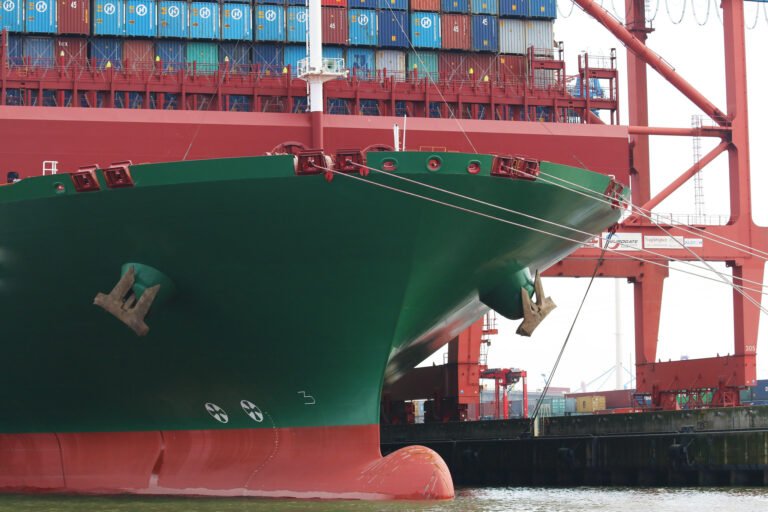The Case for Banning Scrubber Discharge in the Marine Environment
The US-based environmental organization Pacific Environment has released a new report that lays out the case for why the International Maritime Organization (IMO) should immediately ban scrubber discharge into the marine environment.
The IMO’s Pollution Prevention and Response Subcommittee meets from January 27 through January 31, 2025, in London.
The report, titled “Poison in the Water: The Call to Ban Scrubber Discharge, The Health and Environmental Costs Industry Wants Us to Ignore”, underscores the substantial environmental and human health costs of unrestricted scrubber use, and highlights the economic, ecological, and human health consequences of inaction.
“Without a ban on the use of scrubbers and the discharge of scrubber wastewater, or a mandate to use cleaner distillate fuels, ecosystems, ocean resources and coastal communities will continue to be threatened and human health risks will increase,” according to Pacific Environment.
“Scrubber discharge is poisoning our waters and marine environment,” Kay Brown, Arctic Policy Director for Pacific Environment, warned.
“Our report underscores the destructive toxicity of scrubber discharge on the marine environment, impacting humans, wildlife and Indigenous communities’ subsistence activities. The report reveals that most ships have already recovered their initial capital costs making banning scrubber discharge feasible. It’s time to end the use of scrubbers.”
Key Findings of the Report:
- Scrubber economics: Findings align with other studies, showing that the majority of ships equipped with scrubbers have recovered their initial capital costs, making scrubber removal financially viable for most operators.
- Environmental degradation: Scrubber wastewater is highly toxic, containing pollutants that harm marine ecosystems and contribute to global warming.
- Human health risks: Exposure to scrubber discharge poses significant health risks to humans through various pathways.
- Food security, community impacts: Scrubber use threatens the food security of Indigenous and subsistence fishing communities.
The report builds on previous research by Pacific Environment, reinforcing the urgent need for a ban on scrubber discharge to protect the marine environment and human health.
In related news, environmental organizations in Germany have also called for an end to heavy fuel oil and scrubber discharge, highlighting the global concern over this issue.
The use of scrubbers has been on the rise in recent years, necessitating immediate action to mitigate the environmental and health risks associated with their use.

